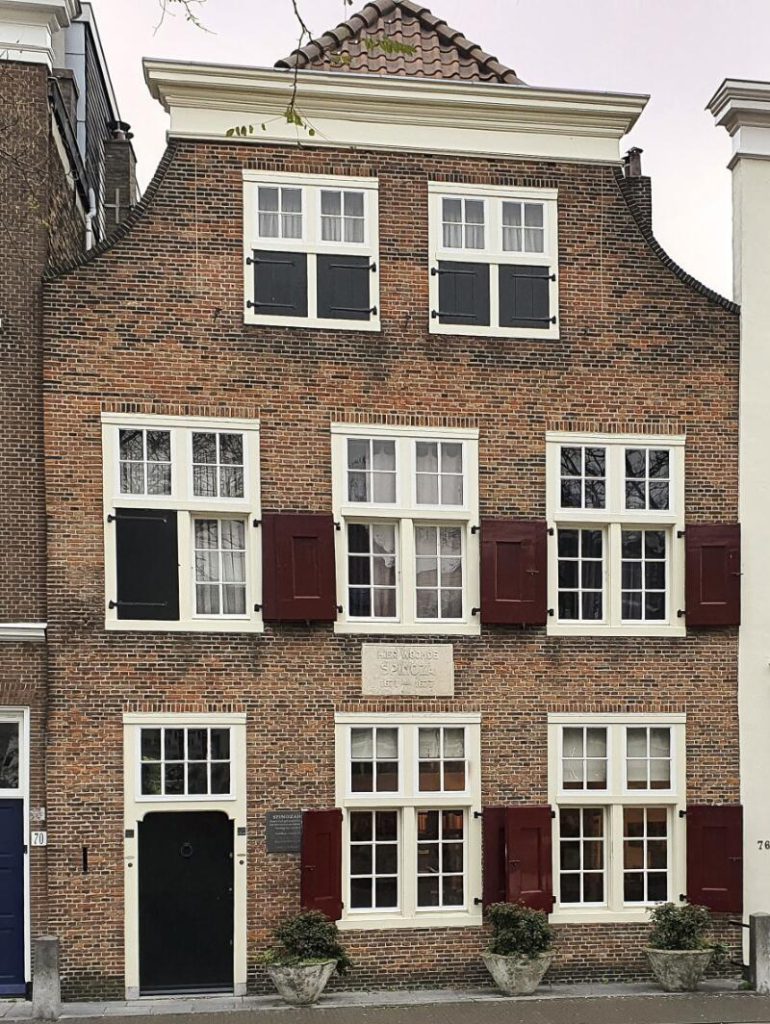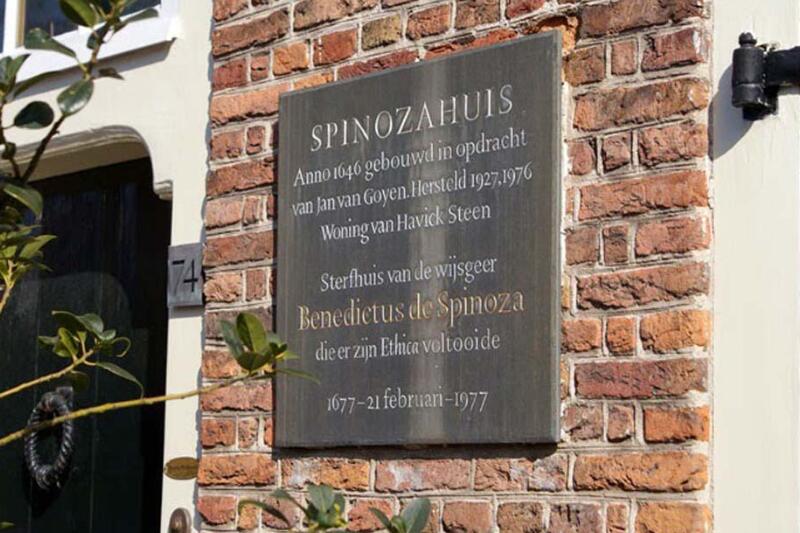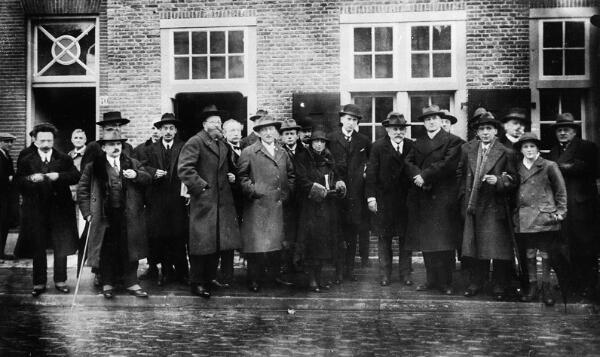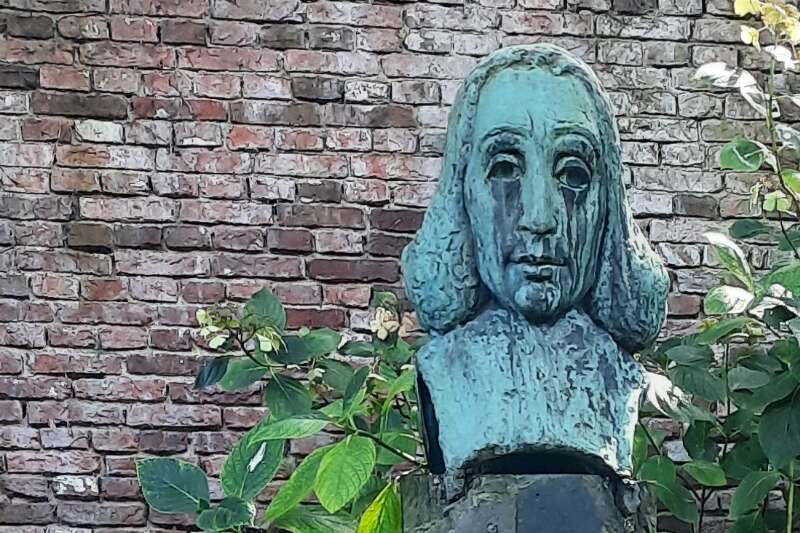From 1646 to Spinoza’s arrival in 1671
The building at Paviljoensgracht 72-74 in The Hague was commissioned by Jan van Goyen. Van Goyen, a famous 17th-century Dutch landscape painter, owned several properties in this neighborhood. Van Goyen himself lived around the corner on the Dunne Bierkade. Today, the Paviljoensgracht sits in the Hague’s ‘Old City Centre’.
Several years after the construction was completed, Joannis Havicksz Steen – better known as Jan Steen (1626-1676), a famous Dutch painter as well – moved in, with his wife Margaretha, the daughter of Jan van Goyen.
In 1669, Jacob van der Spyck bought the property. His son, the decorative painter Hendrick van der Spyck, rented the house from his father. He lived in the building and had his studio in it. In 1671, Van der Spyck became Spinoza’s landlord.


Spinoza rented the attic room at the front of the house. Before moving to the Paviljoensgracht, Spinoza briefly lived around the corner at Stille Veerkade number 32. When he couldn’t afford the rent, he moved to the Paviljoensgracht in early May 1671.
In 1679, Johann Köhler (Colerus), pastor of the Lutheran congregation in The Hague, moved to the address where Spinoza had lived. Colerus wrote Korte, dog waaragtige levens-beschryving van Benedictus de Spinoza (‘A Short but True Description of Benedict de Spinoza’s Life’), based on authentic documents and oral testimonies. The book was published in 1705 and was soon translated into French, German and English.
In Spinoza’s time
In Domus, Spinoza entertained his friend, and the famous German mathematician-philosopher Gottfried von Leibniz visited Spinoza there as well. Spinoza turned down the offer to be appointed professor from the University of Heidelberg.
On 20 August 1672, Van der Spyck famously prevented Spinoza from going to the ‘Groene Zoodje’, next to the ‘Gevangenpoort’ (‘Prisoner’s Gate’), where Cornelis and Johan de Witt were lynched. This event prompted Spinoza to start writing his Tractatus Politicus. In the Domus, Spinoza also completed his Ethics in 1675, which was published posthumously.
After Spinoza’s death on 21 February 1677, Van der Spyck arranged for the writings and letters, including the Ethics, to be sent to Spinoza’s friend and publisher Jan Rieuwertz in Amsterdam, to be printed as Spinoza had requested.
From 1677 to now
Over the centuries, the building at the Paviljoensgracht, has served many different purposes, until it was purchased by the Societas Spinozana in 1926. This society restored the house to its original 17th-century style, making it a true monument. The ‘inauguration’ of Domus Spinoza as a monument was on 22 June 1927.

For the first few years, the Societas flourished alongside the Spinoza House Society. Helena Elout-Voorbeijtel, secretary of the Societas Spinozana has played an important role in the survival of the monumental building. When the society struggled financially, she organized a fundraiser. After this fundraiser, the mortgage was paid off.
Due to World War II, the Societas, an international organization, the society began to fell apart – as did the Domus. Eventually, the property was acquired by the Spinoza House Society in 1971. The society donated Spinoza’s former home to the municipal monument foundation, with some conditions, such as that the building should be restored again and that it should be set up as biographical museum on Spinoza.
In December 2020, the Domus Spinozana Foundation bought the property. Thanks to volunteers of the Spinoza House Society, the collection of books and documents was sorted and the reading room was opened for visitors from all over the world.



